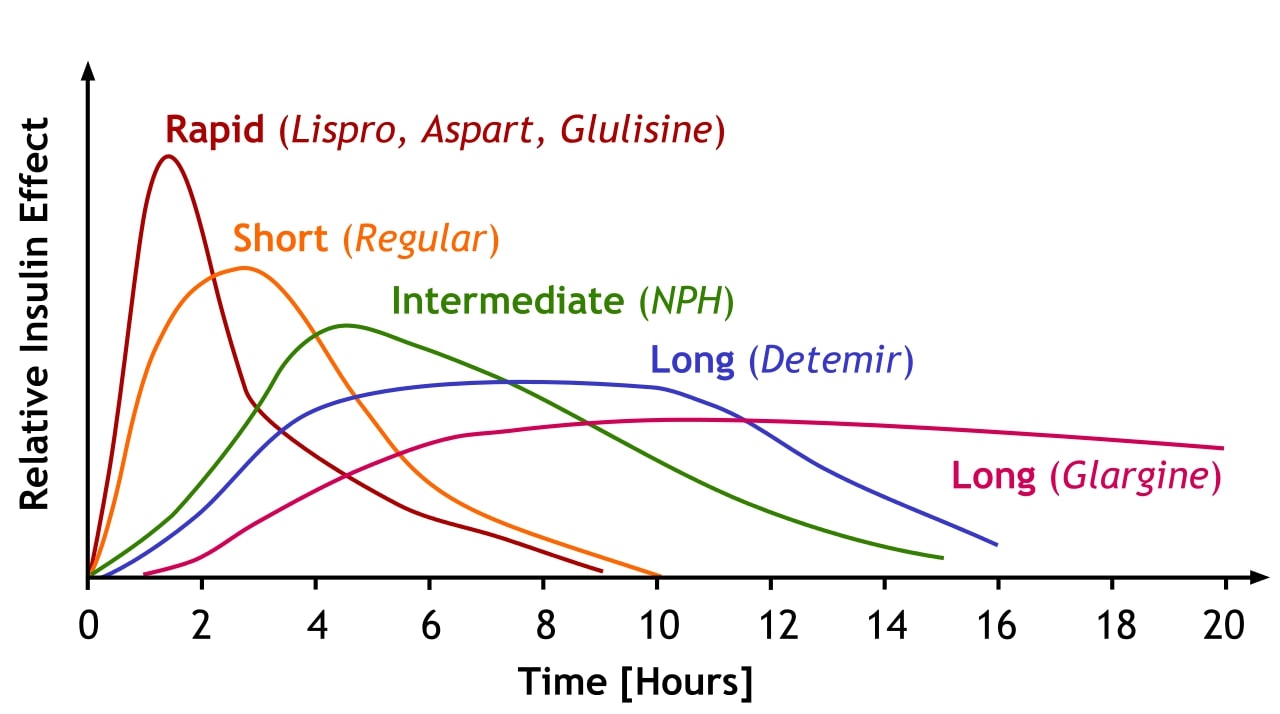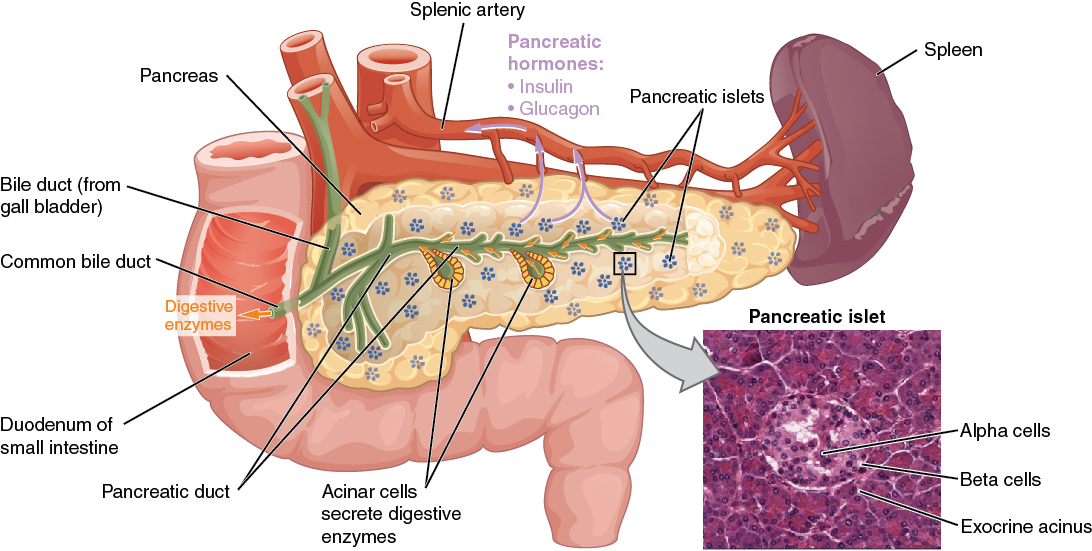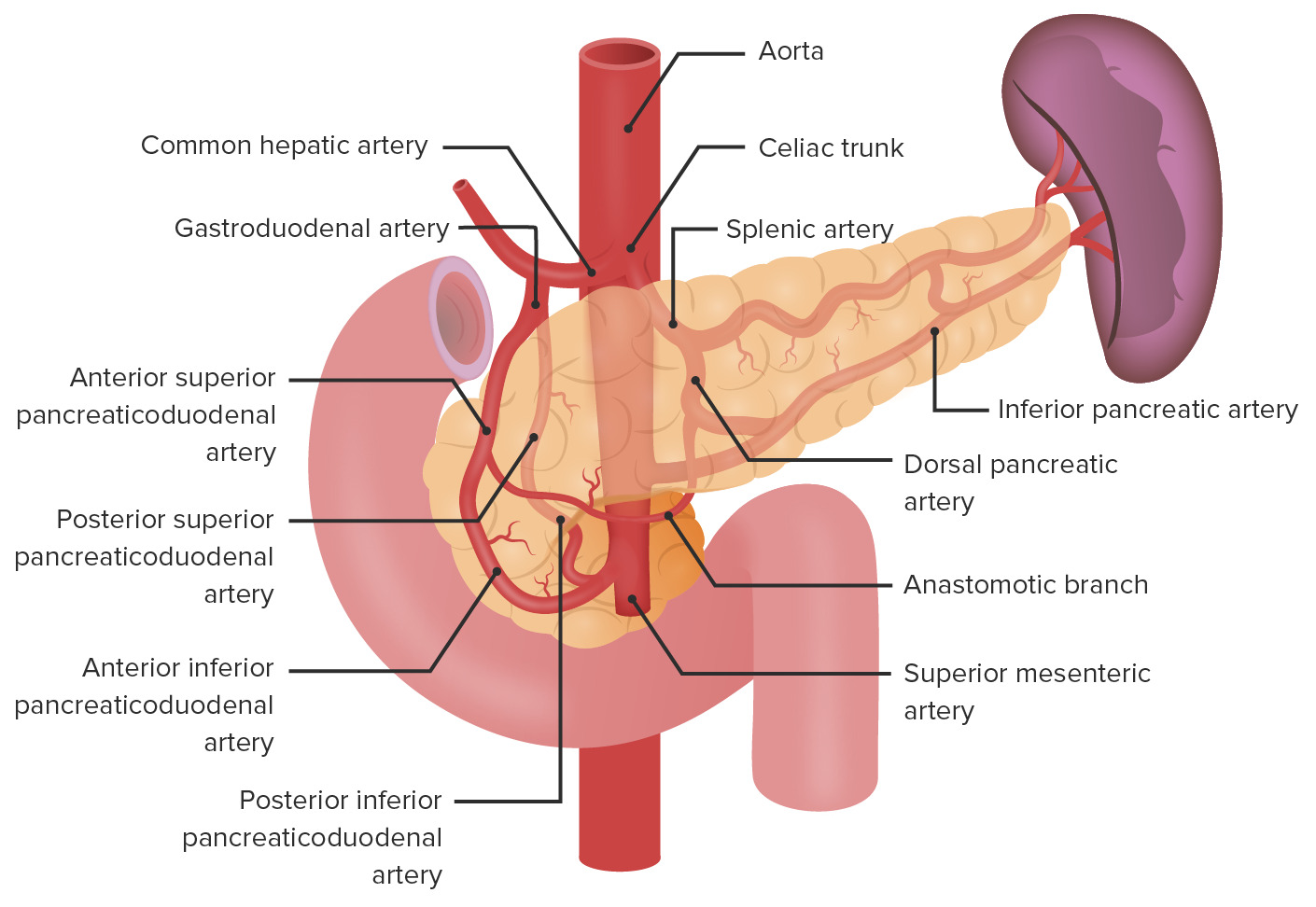Playlist
Show Playlist
Hide Playlist
Insulin Secretion and Regulation
-
Slides Endocrine Pancreas Endocrine System.pdf
-
Download Lecture Overview
00:00 Regulation of Insulin secretion. 00:03 So what regulates insulin secretion. 00:05 Meals are one of the biggest stimulatory events. 00:09 A meal is thought up to be very important because you are going to start getting blood glucose after a meal. 00:17 Therefore, you want insulin levels high to dry that glucose into cells. 00:23 So having high insulin levels after a meal makes a lot of sense. 00:27 There are few agonist that we'll go through one at a time. 00:31 Such as neural ones. 00:33 Other ones from the GI system as well as from the pancreas. 00:36 There are few antagonist that we'll deal with first. 00:40 And that has to do with norepinephrine. 00:42 And norepinephrine is usually released during the sympathetic stimulatory event. 00:47 As well as somatostatin. 00:49 If you remember back that glucagon, you could see somatostatin not only inhibits insulin secretion but also glucagon secretion. 00:57 Now let's look through the meal in a little bit more detail. 01:03 What about a meal stimulates insulin to be secreted? Glucose probably is the biggest stimulant. 01:09 Although amino acids and free fatty acids can also be part of the process. 01:16 Let's talk through glucose. 01:18 Glucose enters a beta cell by a glute II receptor. 01:22 Following the concentration gradient. 01:25 It then undergoes metabolism and ATP is produced. 01:29 That ATP that's produced is going to bind to a potassium channel sensitive to ATP. 01:37 That closes that channel. 01:40 And as that channel closes potassium is no longer allowed to leave the membrane. 01:45 If potassium which is a positively charged ion, is not allowed to leave, positive charges start building up within the cytosol in this beta cell. 01:57 What does that do? It starts to depolarize the cell. 02:01 As that cell depolarizes, it's eventually going to reach a threshold for calcium. 02:08 This L-type calcium channel will open allowing calcium influx into the cytosol of the beta cell. 02:15 It is that calcium that will have vesicles that contain insulin and C-peptide to dock and fuse into the cell membrane of the beta cell. 02:27 It will spill it contents and that will then be picked up by the [? ] with the blood and travel them in the circulation. 02:38 Neural agonists are also involved. 02:40 This is a special acetylcholine. 02:43 But other ones such as vasoactive intestinal peptide also can come into play. 02:48 You notice here that we have norepinephrine here as an agonist. 02:52 And you're going to say, "Why?" You just told me norepinephrine was an antagonist. 02:58 I did, I did. 03:00 But this is now responding to beta adrenergic response. 03:04 That is an agonist as a beta when it binds to an alpha cell it's an antagonist. 03:11 So here with the cholinergic response you bind through acetylcholine receptor. 03:18 These are G protein-coupled receptors and as they are engaged and transduce signal, they will activate an enzyme called phospholipase C. 03:29 Phospholipase C will make IP3. 03:33 IP3 then goes to the endoplasmic renticulum and releases calcium out of the endoplasmic renticulum. 03:42 This calcium further helps the vesicles that had insulin and C-peptides to dock and fuse and release their substance. 03:52 Now besides neural agonists there are few others. 03:56 Such as GI agonists. 03:58 One here cholecystokinin. 04:01 We also have glucagon-like peptide. 04:04 And here we have GIP. 04:06 GIP is also an agonist. 04:11 It works through another receptor that's also G protein-coupled receptor. 04:16 Who simulates and then lays cyclase as the enzyme. 04:20 That increases protein kinase A. 04:24 Protein Kinase A also facilitates this docking and fusing of the vesicles to the beta cell wall which then goes to the interstitial space and picked up by the blood. 04:36 Interestingly, one pancreatic agonist that we haven't talked about is glucagon. 04:43 And we're going to say similar to the norepinephrine. 04:47 A glucagon is supposed to be the opposite, right. 04:51 It is antagonizing most things insulin is doing. 04:54 Yes, that's true. 04:56 I know it's two two. 04:58 But as glucagon is released, eventually it's high enough levels that will stimulate insulin secretion. 05:08 This is probably a negative feedback mechanism so that you can predict when blood glucose levels are going to be high and then you want to drive them in. 05:17 So glucagon is considered a pancreatic agonist. 05:22 This just shows all of our agonists here together with meal constituents, neural agonists, GI agonist and pancreatic agonists. 05:34 Hopefully you can appreciate from looking at all these is there are lot of things that regulate insulin. 05:41 That must mean it's really important. 05:44 You don't get this regulatory factors if they are not important. 05:49 The insulin receptor. 05:53 The insulin receptor is a catalytic receptor. 05:56 This kind of response is going to enact on number of second messengers. 06:01 So not just one, not just two, but a plethora of them. 06:05 They are things like IRA, Ras, mTOR, MAPKinase. 06:10 There are so many things that seem to be involve with the cell signaling for insulin receptors. 06:16 It's almost hard to keep a hold of. 06:19 But just remember that it's going to do a few things and at a couple of different tissues. 06:25 And we're going to go through each one of those responses so that you don't forget it.
About the Lecture
The lecture Insulin Secretion and Regulation by Thad Wilson, PhD is from the course Endocrine Physiology.
Included Quiz Questions
Which of the following is best classified as a neural agonist to insulin release?
- Acetylcholine
- Glucose
- Pancreatic polypeptide
- Cholecystokinin
- Somatostatin
Which of the following is an antagonist of insulin?
- Norepinephrine
- Glucose
- Arginine
- Lysine
- Amino acids
Which of the following pancreatic cells produce insulin?
- Beta cells
- Alpha cells
- Gamma cells
- Delta cells
- Acinar cells
Which of the following is a gastrointestinal agonist of insulin?
- Cholecystokinin
- Somatostatin
- Aldosterone
- Norepinephrine
- Lysine
Customer reviews
3,5 of 5 stars
| 5 Stars |
|
2 |
| 4 Stars |
|
0 |
| 3 Stars |
|
1 |
| 2 Stars |
|
0 |
| 1 Star |
|
1 |
Give a big picture of how insulin works. It is easy to go deep after watch Dr.wilson's lecture.
When I attended this class at my university it was a real headache. Thanks to this lecture I was able to clearly understand these concepts about insulin.
- Pésima traducción al español. - No hay rigurosidad en el tema. - No ofrece buena explicaciones
He not evaluating the pictures. He is saying glut 2 but how can we understand which one glut 2 . I studied this befor3 so I understood. But for a beginner this lecture is waste of time. You better take the way of Dr najeeb lectures







